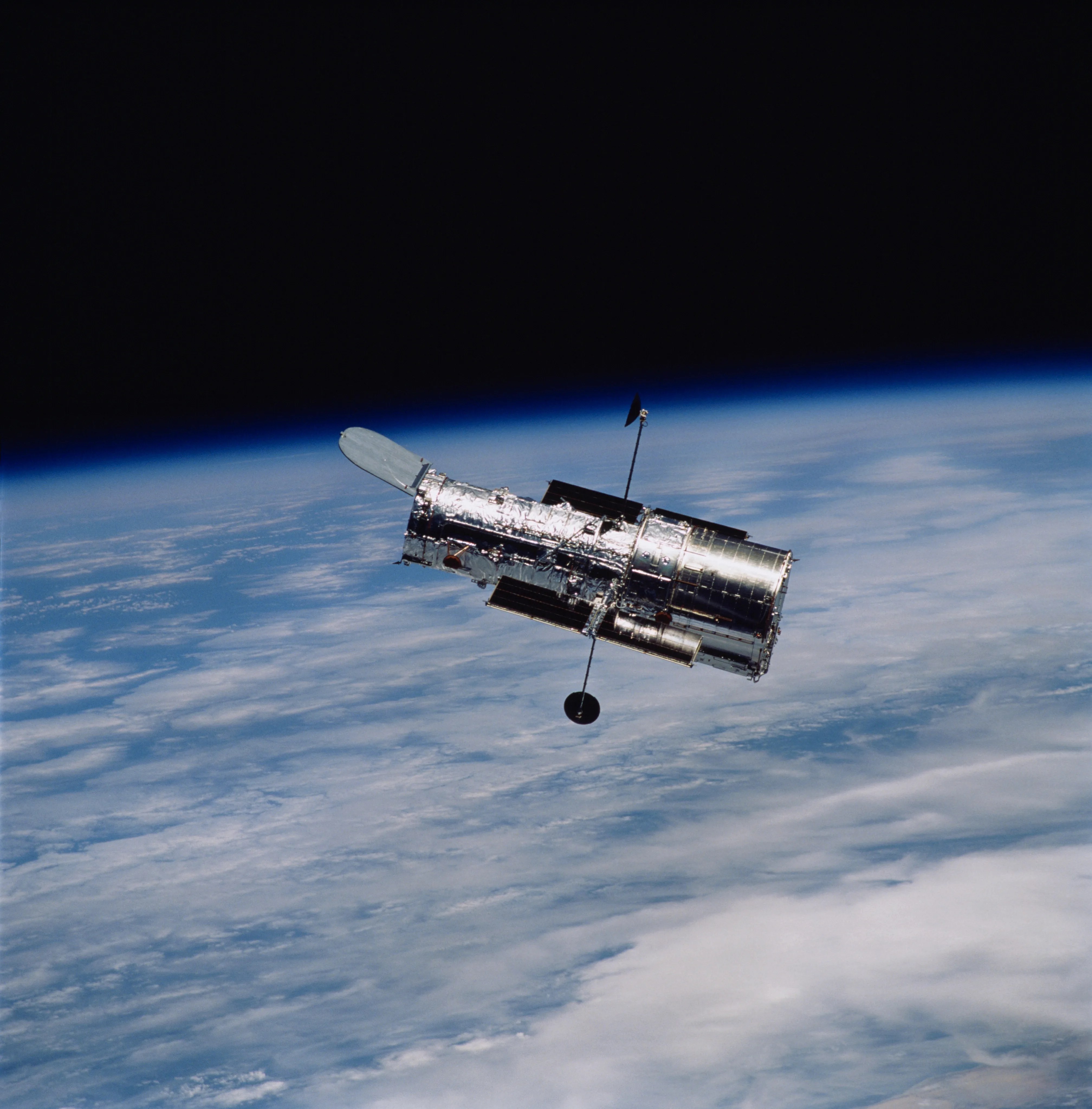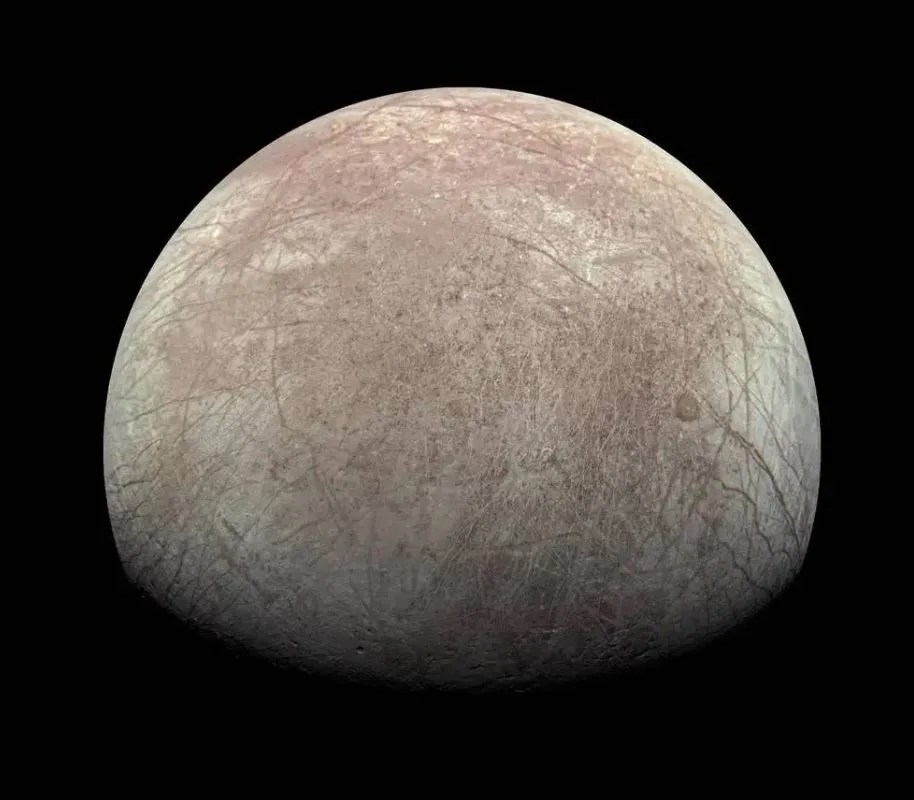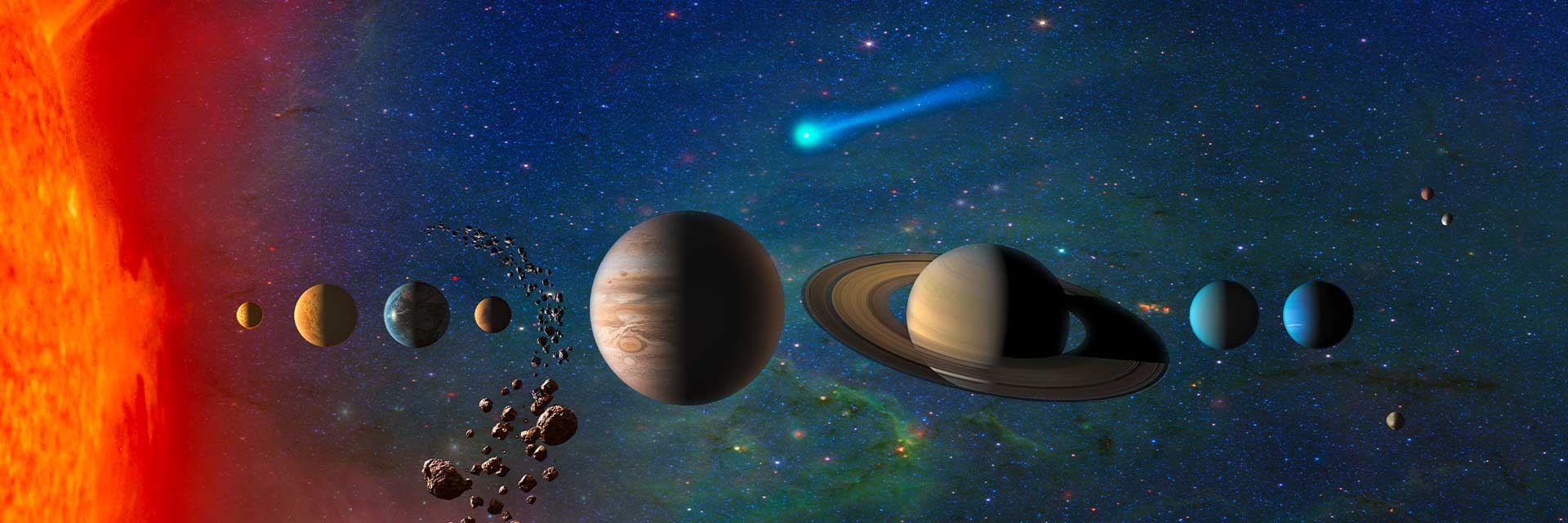Discover Ocean Worlds
In addition to the resources on this page, follow along with updates on ocean worlds through @NASASolarSystem on your preferred social media platform.
Ocean Worlds
Earth isn't the only ocean world in our solar system. Water on other worlds exists in diverse forms on moons, dwarf planets, and even comets. Ice, water vapor in the atmosphere, and oceans on other worlds offer clues in the quest to discover life beyond our home planet. Learn more about the ocean worlds in our solar system and beyond.
Explore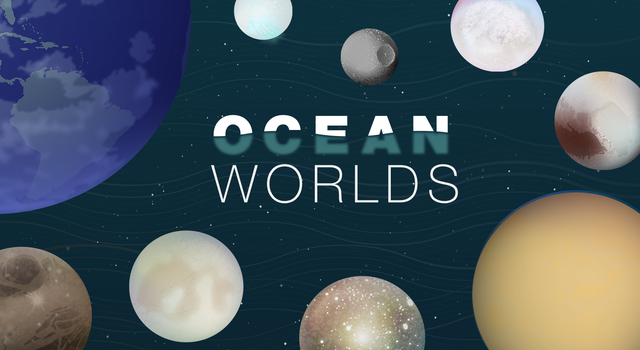
Highlights
Europa Clipper
NASA's Europa Clipper has embarked on its long voyage to Jupiter, where it will investigate Europa, a moon with an enormous subsurface ocean that may have conditions to support life. The spacecraft launched at 12:06 p.m. EDT on Monday, October 14, 2024 aboard a SpaceX Falcon Heavy rocket from Launch Pad 39A at NASA's Kennedy Space Center in Florida.
Learn More
Dragonfly Mission to Titan
Advancing our search for the building blocks of life, NASA's Dragonfly rotorcraft-lander will make multiple flights to sample and examine sites around Saturn's exotic moon, Titan. The mission is scheduled to launch in July of 2028 and arrive at Titan by 2034.
Learn More
Ocean Worlds Videos
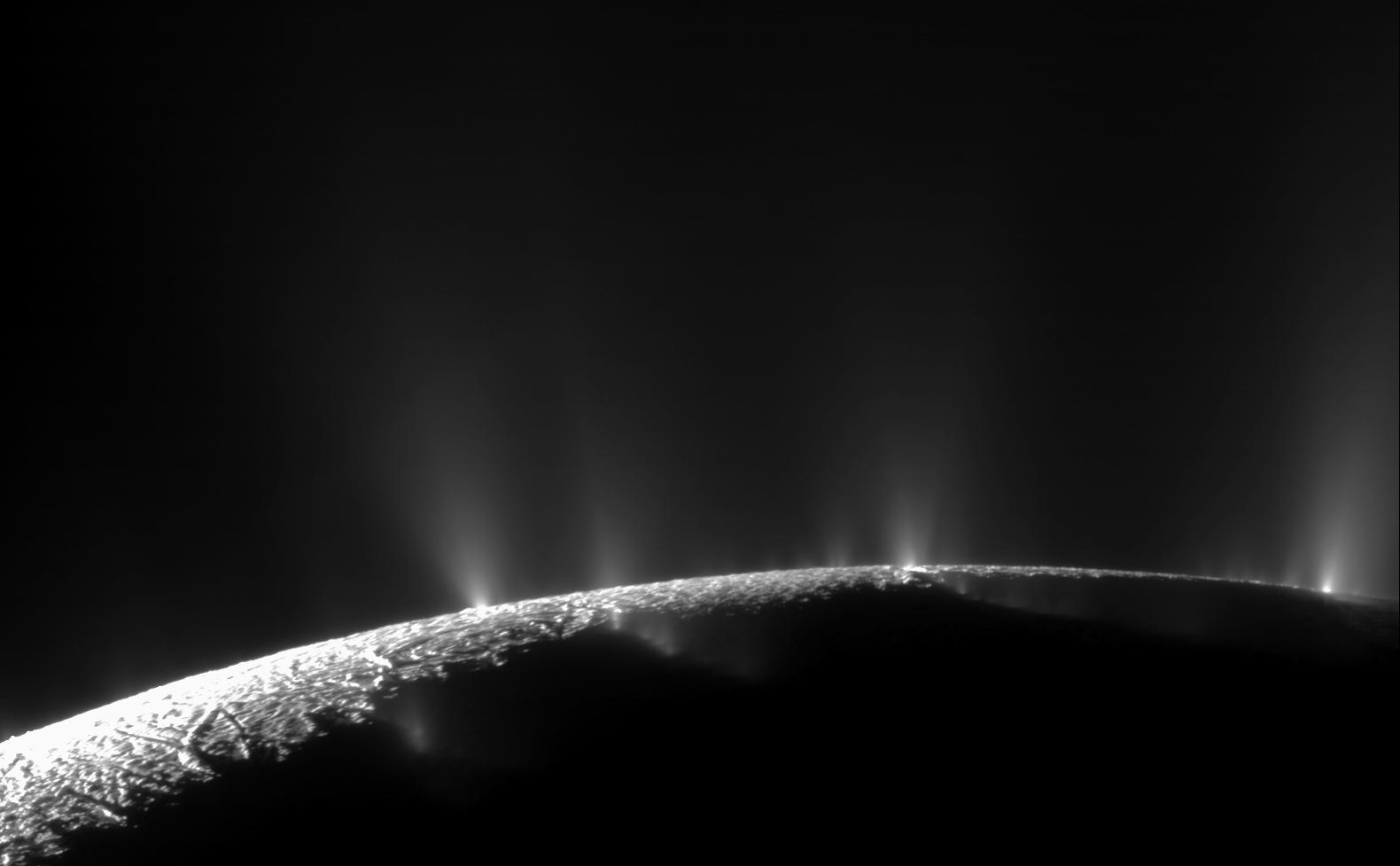
Exploring Ocean Worlds
Our solar system is home to a diverse array of ocean worlds: bodies that contain oceans and seas of liquid, usually water, either on their surfaces or underneath icy crusts. Learn more about these ocean worlds and a few future mission concepts to explore their plumes, surfaces, and ocean depths.

Ask an Astrobiologist: Ocean World Science
Tune in to this episode of Ask an Astrobiologist to learn about ocean exploration, ocean worlds in our solar system, and what it's like living and working on a research vessel.

Are There Oceans on Other Worlds? We Asked a NASA Expert
Are there oceans on other worlds? Yes! Earth is not alone. When you look deeper into our solar system, there are worlds we suspect have oceans hidden beneath their icy surfaces.

Ocean Worlds: The Search for Life
Life as we know it requires three ingredients: energy, organic molecules, and liquid water. Our search for life beyond Earth is a search for planets, dwarf planets, and moons that harbor substantial liquid water.

What You Need to Know About Ocean Worlds
Our planet is a beautiful water-filled world, teeming with life. But did you know that Earth is not the only world in our solar system with an ocean? Here's what you need to know about ocean worlds.
Europa Animations and Videos

Europa Clipper: Exploring Jupiter's Ocean Moon
NASA's Europa Clipper is the first mission dedicated to studying Jupiter's icy moon Europa, one of the most promising places in our solar system to find an environment suitable for life outside of Earth.

Why Does NASA Want to Explore Jupiter's Ocean Moon?
Learn about NASA's Europa Clipper mission and its main science goals.
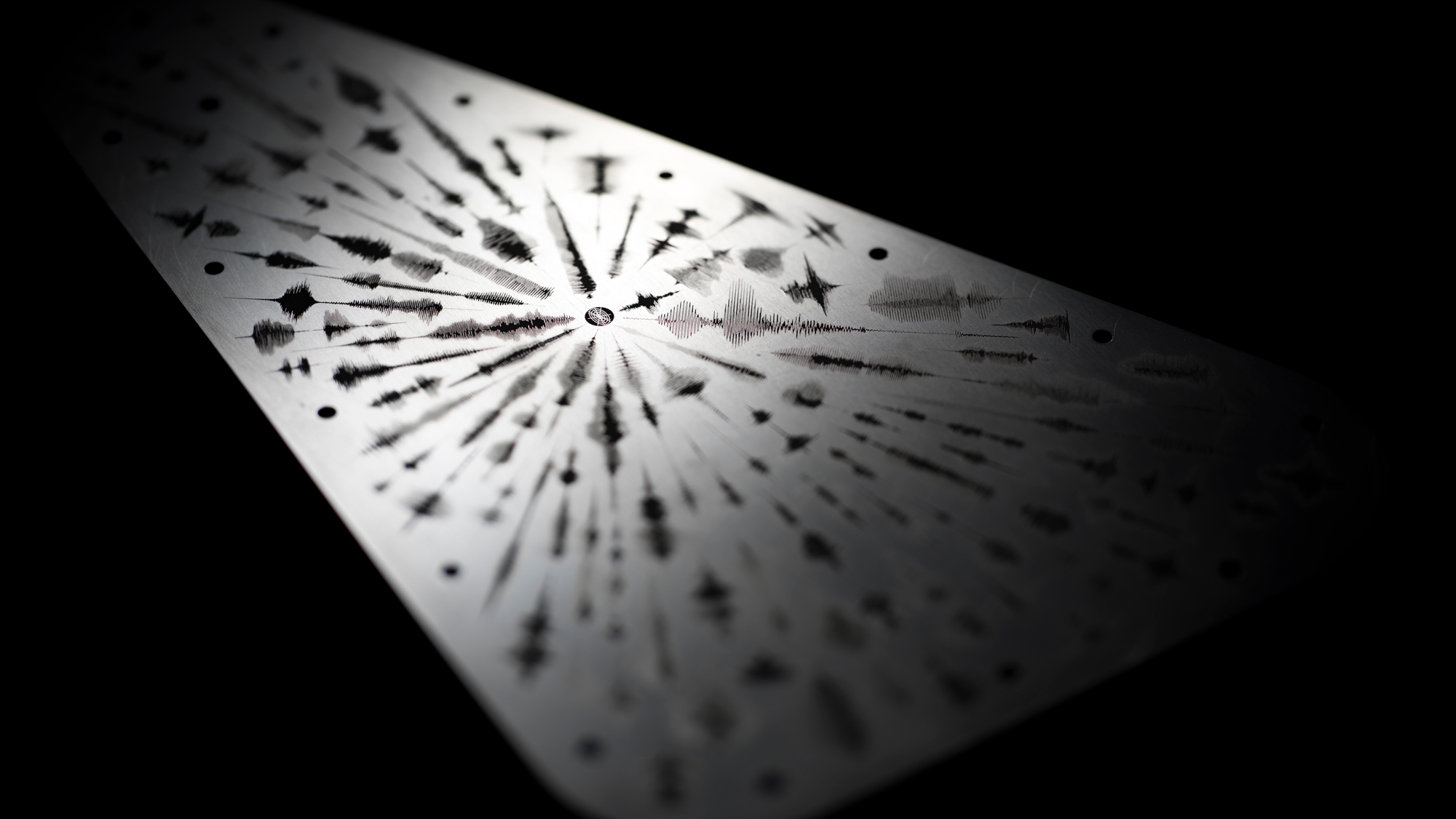
NASA's Design for Message Heading to Jupiter's Moon Europa
There's a legacy of NASA spacecraft carrying inspirational messages into the cosmos, and Europa Clipper will continue this tradition when it launches to Europa.

What You Need to Know About Europa
Deep beneath the crust of Jupiter's frozen moon Europa lies a massive liquid water ocean. Exploring this ocean world with our Europa Clipper spacecraft could provide new clues in our search for life beyond Earth.
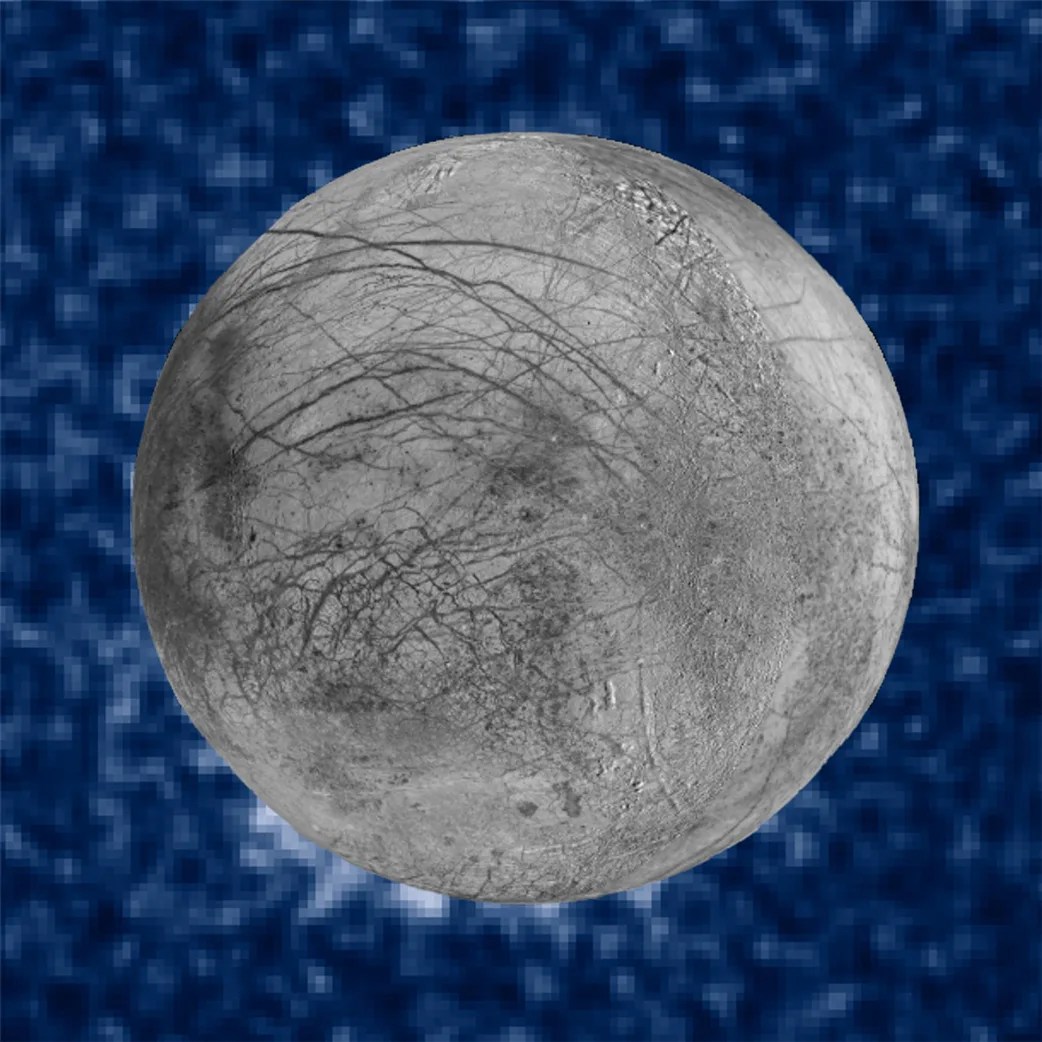
Water Vapor Detected In Europa's Atmosphere
NASA's Hubble Space Telescope's observations of Europa have revealed the presence of persistent water vapor — but, mysteriously, only in one hemisphere.

Water Vapor Plumes on Europa
Learn about the detection of water vapor on Jupiter's moon, Europa.
Note: This video is also available in Spanish.

Europa: Ocean World
Discover why scientists are so excited about Europa's potential to answer one of humanity's most profound questions – is there life beyond Earth?

Space Shorts: Could Jupiter's Moon Europa Have an Ocean?
Find out why scientists think Jupiter's moon Europa might have twice as much water as Earth in this 60-second space short!
Titan Animations and Videos
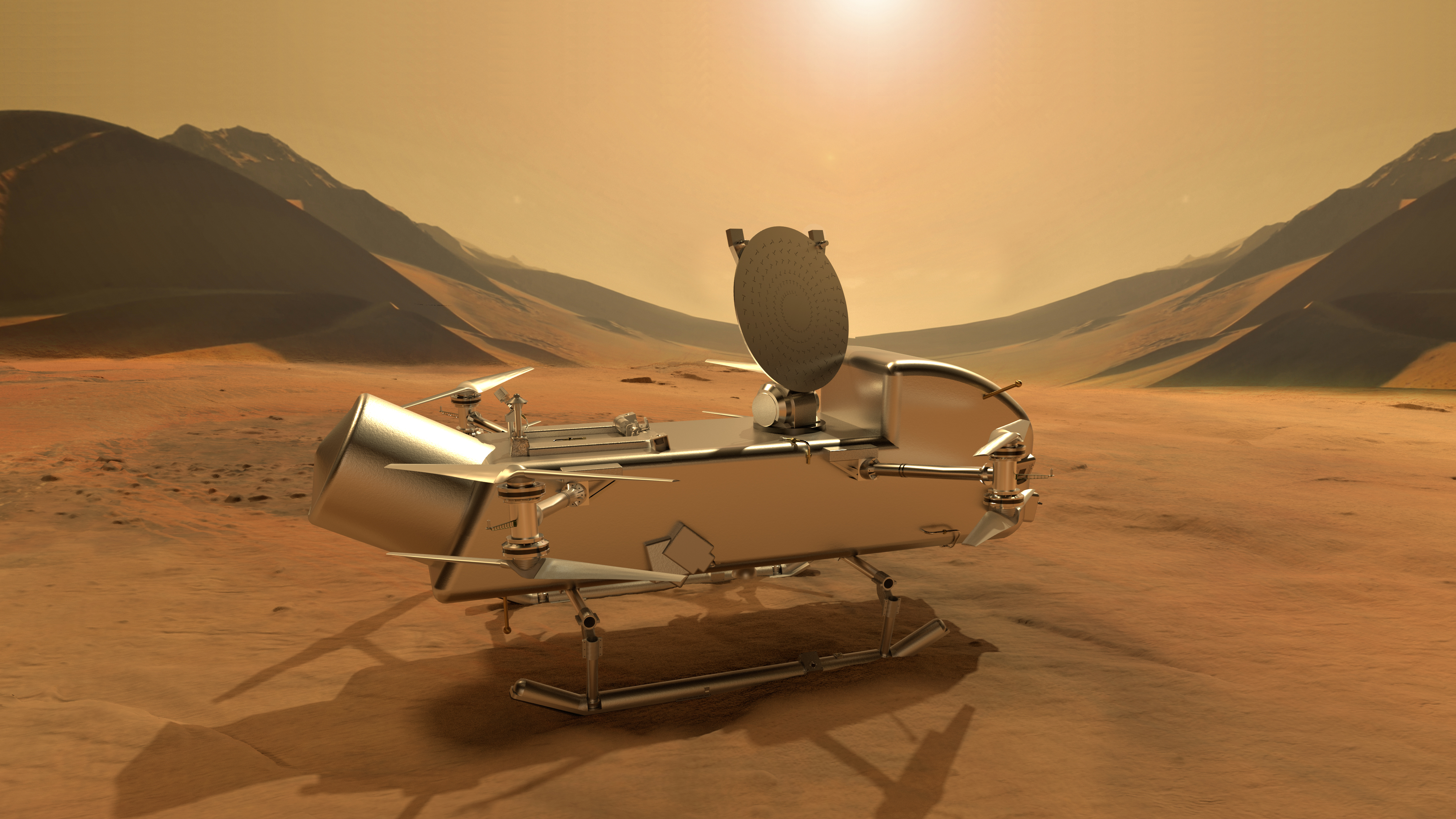
Dragonfly Mission to Saturn's Moon Titan
Learn about the Dragonfly mission to Titan: How we'll get there, what we'll do there, and how it could teach us about the building blocks of life.

Building Blocks for Surviving Titan
Learn how Titan is expanding our understanding of the chemical complexity of the solar system and the potential for life in the universe.

The Science of Dragonfly
Discover how Dragonfly's suite of science instruments will investigate the chemistry and habitability of Titan.
Activities

Exploring the Universe: Ice Orbs
Learn how NASA planetary scientists are probing ocean worlds in the outer solar system, searching for evidence of liquid water and possible signs of life beneath the icy surface. Put what you learn into practice by investigating a frozen sphere using various tools to learn about objects hidden inside. This activity can be adapted to include whatever materials you may already have on hand.
Note: This activity is also available in Spanish.
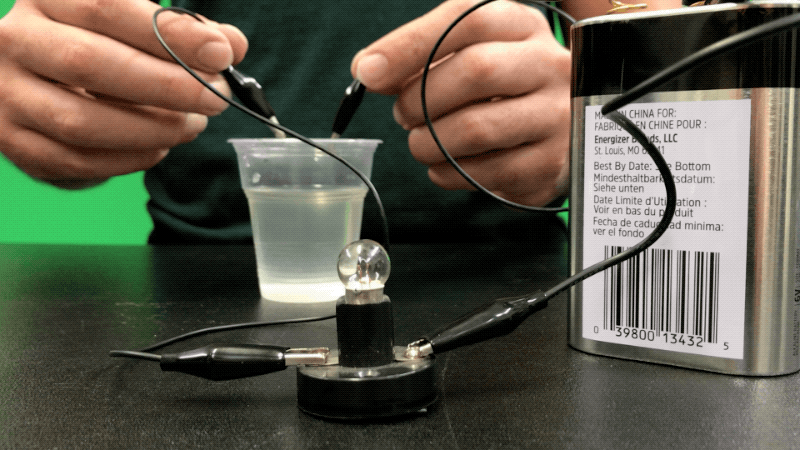
Discovering Alien Oceans: Magnetism
Jupiter's moon Europa poses exciting new possibilities for NASA's search for life beyond Earth. While there's still much to uncover about Europa, scientists have long known that liquid water exists beneath its icy shell. But how?
In this classroom activity, students will explore the relationship between magnetism and electricity to model how scientists determined that Europa has a magnetic field and a conductive liquid, subsurface ocean.
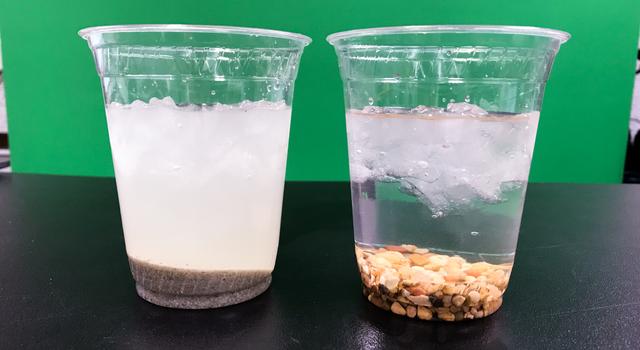
Discovering Alien Oceans: Density
Scientists believe that Jupiter's icy moon, Europa, has a liquid-water ocean underneath its frozen surface. While we can't see that ocean directly, we can use the mass and density of known substances to predict what exists underneath the surface. In this activity, you'll use the fundamentals of density to propose a model for the interior structure of Europa.

Planetary (Egg) Wobble and Newton's First Law
By observing the motions of spinning eggs, you will learn how to determine which are raw and which are hard-boiled. In this activity, the raw egg can be compared to an ocean world while the hard-boiled egg can be compared to a solid planetary body.
Note: This activity was made for NASA's InSight mission to Mars but can be adapted to discuss ocean worlds.
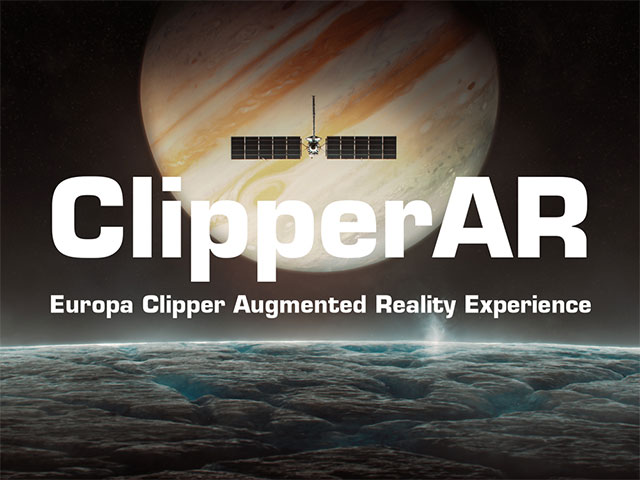
ClipperAR: Europa Clipper Augmented Reality Experience
Explore Jupiter's moon Europa and the Europa Clipper spacecraft like never before in the immersive ClipperAR (augmented reality) experience. You can visit Europa, peer through its layers, and learn about Europa's ingredients for life.

Color Europa, a Moon of Jupiter
Europa is one of Jupiter's moons, and scientists believe that it may have twice as much water as Earth, though it is so cold on Europa that water on the surface of this moon is frozen. Give color to Europa with this coloring page. Note: This activity is also available in Spanish.

Make a Colorful Crayon Europa with Textures!
In this activity, you can explore the textures of Europa, one of Jupiter's many moons. Note: This activity is also available in Spanish.
Additional Resources

NASA Solar System Treks
NASA Solar System Treks are online, browser-based portals that allow you to explore the surfaces of other worlds using real data returned from a growing fleet of spacecraft. Visit Europa, Titan, and Ganymede now!

Ocean Worlds Lithograph
Learn about ocean worlds and their potential for harboring life in this handout.

Analog Explorer
This gallery shows field research sites on Earth side-by-side with similar environments on other worlds. Research at planetary analog locations on Earth helps scientists make sense of the solar system.
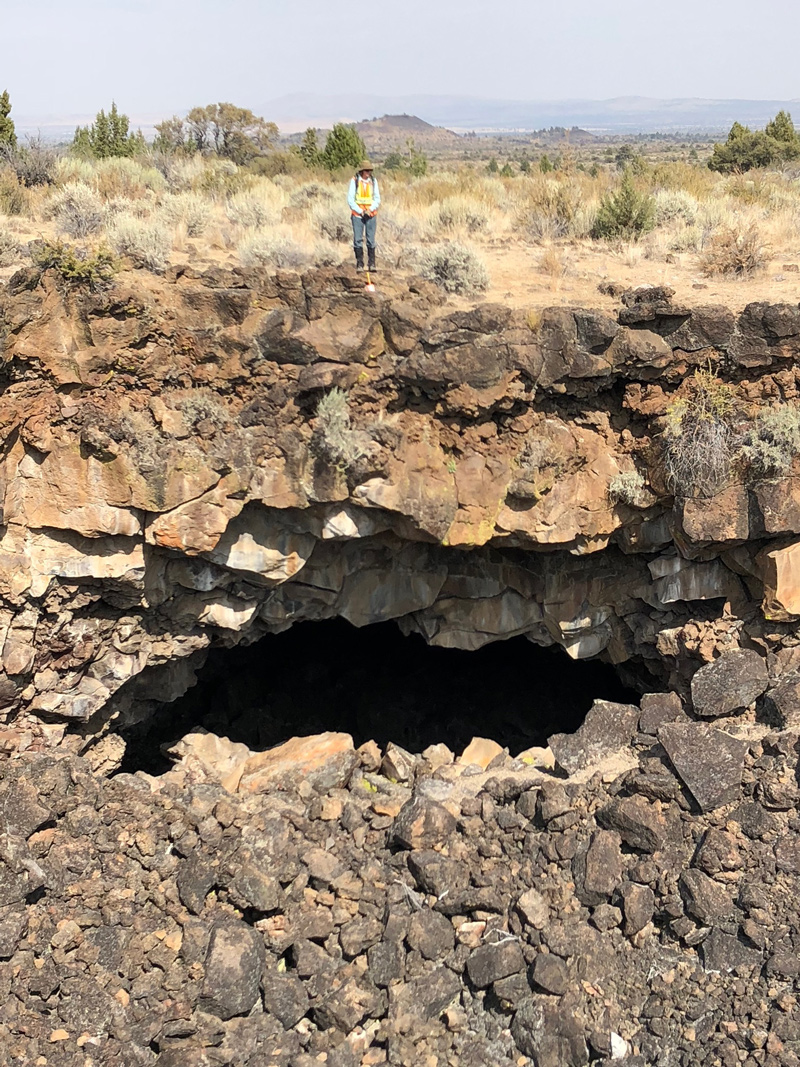
Planetary Analogs
Discover how scientists use Earth as a test lab to learn about other worlds in the solar system.

Europa Clipper: Journey to an Ocean World Poster
Download your own Europa Clipper poster, desktop background, or mobile wallpaper.




